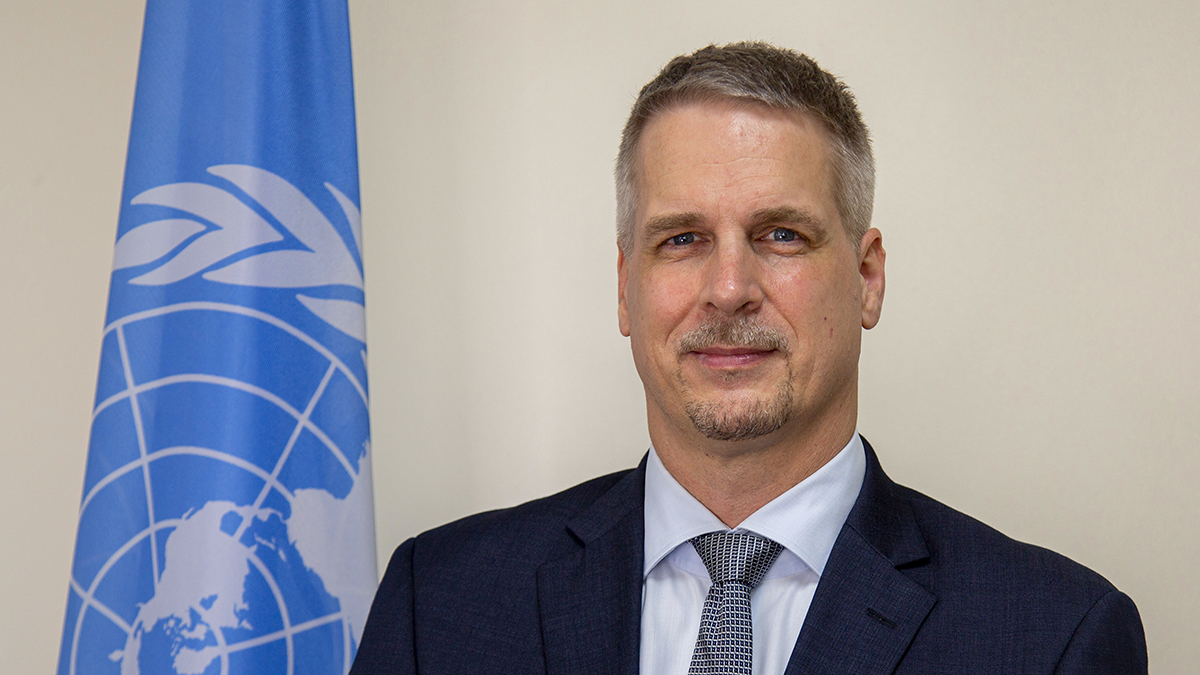Insurers must help world adapt to new climate reality
‘We're still underfinancing climate mitigation and we're dramatically underfinancing climate adaptation, resilience and recovery,’ chief executive of Christensen Global says
Milken Institute annual conference was set in the context of record-breaking climate events which are ‘just a preview of worse to come’
There is a vital need to galvanise private capital towards climate adaptation and resilience and re/insurers must play their part in this, according to a panel of experts at the Milken Institute’s 27th annual global conference.
Delegates at the session titled “The new climate reality” heard that, globally, only 2% of private funds are directed to addressing the climate crisis, of which the majority goes to mitigation. The Milken Institute said the panel discussion was set in the context of record-breaking climate events in 2023, which were “just a preview of worse to come”.
Moderated by Aimée Christensen, chief executive of Christensen Global, the panel comprised Gillian Caldwell, chief climate officer and deputy assistant administrator at the United States Agency for International Development (USAID); Jeff Goodell, New York Times bestselling author of the book The Heat Will Kill You First; Ekhosuehi Iyahen, secretary general of the Insurance Development Forum (IDF); and Stacey Swann, founder and chief executive of Resilient Earth Capital.
“We're still underfinancing climate mitigation and we're dramatically underfinancing climate adaptation, resilience and recovery,” Christensen said, adding philanthropic and public capital needed to help get private capital “off the sidelines” by de-risking it. She said that, at Cop28, 21 philanthropic foundations had come together to announce a commitment to adaptation and resilience financing. Ways needed to be found, she added, to leverage their “risk-tolerant” capital towards mobilising private investment.
Tipping point
Goodell described the “vision of hope” he had that the world was at a tipping point in understanding the opportunity presented by climate change.
He stressed that the past 10 years had been the hottest on record, and 2023 the hottest year ever. “If you want to get into a fight with a climate scientist, ask him or her about whether or not this means climate impacts are accelerating,” he said, “and it's very clear we are getting deeper and deeper in trouble.”
 Jeff Goodell, author, The Heat Will Kill You First
Jeff Goodell, author, The Heat Will Kill You First
In his book, Goodell described heat as “the engine of planetary chaos”, which can be seen, for example, in the melting of the West Antarctic Ice Sheet, which is “like the cork in the wine bottle for the whole west side of Antarctica”. Its loss, he added, would be equal to 10 feet of sea level rise. He said that disintegration of this ice sheet is under way and irreversible. “We're seeing the Day After Tomorrow scenario,” he said, referring to the 2004 sci-fi action movie, “where the overturning circulation in the Atlantic stops or slows down significantly and causes tremendous changes in our planet.”
Citing a recent article in the Financial Times, Goodell noted the requirement for climate finance was $1.2trn, adding there was a need to reach $9trn by 2030 to achieve the goals of the Paris Agreement of 2015. “The question is how do we shift these great flows of money, not just to mitigation but, more powerfully and more importantly, and in a more complex way, to adaptation,” he said.
The physical impacts of a warming planet are so obvious, Swann said, that investors are “starting to wake up” to the financial risks posed by climate change. “One of the tools that most people historically have been using is insurance, which is not a risk reduction tool, but a risk transfer mechanism, and investors are starting to understand that you can't transfer away this risk, you need also to reduce it. If you don’t, then this impacts your revenues, your cost basis and your asset values,” she said.
 Stacey Swann, founder and chief executive, Resilient Earth Capital
Stacey Swann, founder and chief executive, Resilient Earth Capital
Investors will have to “identify, assess and quantify” climate-related financial risk, which will lead to greater action around “investing in the right things”, she added.
Private sector investment
Globally, only 2% of private capital is for addressing the climate crisis, Caldwell stressed, and the vast majority of that is for the clean energy transition and mitigation. USAID, a branch of the US federal government, is the largest aid agency in the world, with a presence in 100 low- and middle-income countries. “Our focus is on the countries getting hit first and worst by the impacts of the climate crisis,” she continued. “And one of the first things that we did after I started as a Biden appointee in 2001, was finalise a climate strategy that takes us through 2030.”
Co-led by USAID and the US Department of State, the Biden administration’s Prepare initiative aims to catalyse more private sector investment in climate adaptation and resilience. Caldwell noted that 2022 was the year by which the UN climate negotiations had been projected to reach the $100bn of investment that countries had committed to under the Paris Agreement seven years earlier. “If public agencies can't even get to $100bn, then we've got to start to use our capital in more creative ways. So that's concessional finance, loan guarantees, and the technical assistance necessary to establish deal flow that's actually investable,” she said.
 Gillian Caldwell, chief climate officer and deputy assistant administrator, USAID
Gillian Caldwell, chief climate officer and deputy assistant administrator, USAID
USAID has been directing a call to action to the private sector and announced at Cop28 it had recruited more than 25 companies that have committed a combined $3bn in both cash and in-kind resources to advance adaptation and resilience. “That might involve strengthening their own supply chains or the preparedness of their workforce but, even more importantly, it could also involve changes to the products and services that they're offering,” Caldwell said.
One company joining USAID’s call to action, Jupiter Intelligence, is developing a product that can model how any location on Earth will likely be affected in the years from now until 2100 by eight climate risks, including heat, flood and drought, and quantifying the economic impact of those risks. That insight will be “incredibly relevant”, Caldwell said, not just to businesses, but also to local communities, so they can think about how they can try to mitigate those risks.
Financial resilience
Iyahen noted that, globally, insurers collect a premium volume of about $7trn per year, of which as much as $5.35trn supports financial resilience in the form of insurance claims and benefits payouts. “That's significant but oftentimes we don't think about this contribution that insurance makes in terms of supporting the ability of people to respond to shocks,” she said, adding it is the largest contribution society receives outside of government funding.
The value of insurers within this context is threefold, Iyahen said. The first is their risk expertise and analytics. “What underpins the ability of the industry to underwrite these risks is actually their technical capability to understand what risk actually looks like and how is it changing,” she said.
The second value is underwriting. “Despite the big figures that I referenced, those payouts and those benefits are primarily concentrated in developed economies. At the Insurance Development Forum, our efforts are really focused on how we expand insurance and risk capabilities in emerging developing markets. That is relevant is because in these markets, we are talking about 2% to 3% of insurance penetration rates.”
 Ekhosuehi Iyahen, secretary general, Insurance Development Forum
Insurance Development Forum
Ekhosuehi Iyahen, secretary general, Insurance Development Forum
Insurance Development Forum
A third value, and one that is also often overlooked, she added, is that insurers are more than underwriters – they are also institutional investors, having about $40trn of assets under management. “It is inherently within the interests of the insurance industry to take climate risk, and resilience and adaptation seriously. If we are not investing adequately in risk reduction, then access to insurance becomes an issue and there are cascading impacts, which can be quite profound,” she said.
The role of insurers requires partnership with the public sector, which is “very easy to talk about” but translating it into action is “a completely different ballgame”, she added. To that end, the IDF set itself the challenge of bringing together chief investment officers from a variety of insurance companies to find out what it would take to invest in these markets, particularly small and medium-sized enterprises. The result of those talks is a blueprint of consensus on their requirements, and the IDF is now working closely with BlackRock to operationalise this and to catalyse even greater action.



